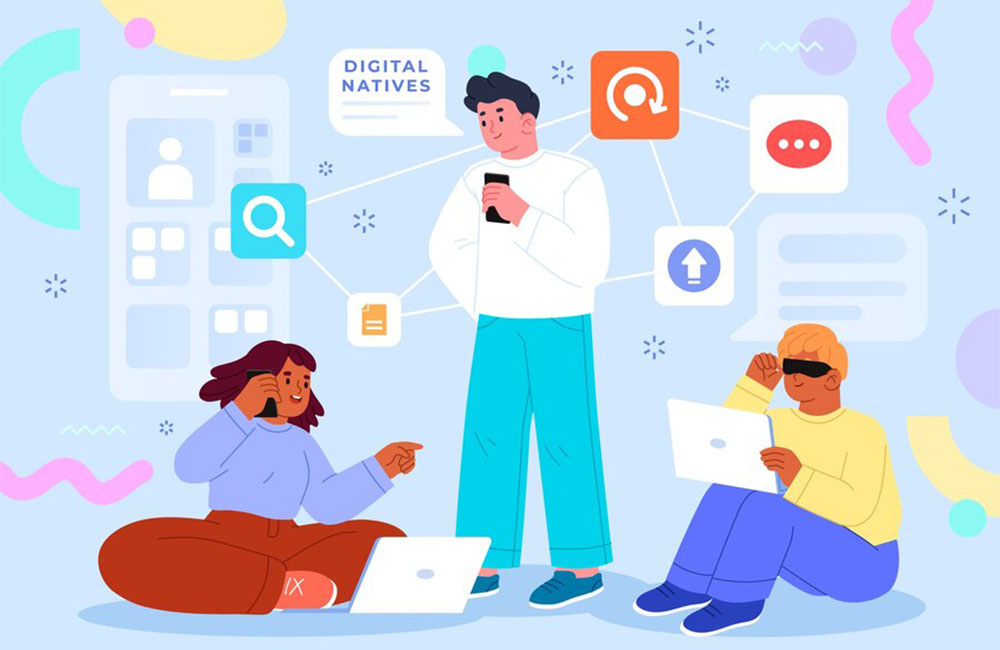Having an online presence for businesses is no longer an option; it is more of a requirement these days. Social media is used by businesses of all sizes to increase their online presence, get followers, and communicate with their target consumers. With this, it is safe to assume that you will no longer find any business these days that are not on social media.
However, whether you’re just getting started or a seasoned veteran, there’s always room for growth. So, here are 4 easy reminders to help you boost your social media game and market your brand successfully.

A Call for More Diverse and Inclusive Marketing Language
- May 16, 2024
We live in a society where diversity and connectivity are paramount, thus it is crucial that marketers use inclusive language. Language has the ability to impact how people see things, how they act, and what society values.
In addition to reaching more people and encouraging a feeling of community among customers, companies may show their support for diversity, equality, and representation by using inclusive language practices.
Fundamentally, inclusive language is all about recognizing and appreciating the unique identities, histories, and experiences of people and communities. It entails avoiding discriminating language that can marginalize or exclude specific groups and instead adopting language that is sensitive, courteous, and affirming. Many factors are included in inclusive language, such as gender, age, race, ethnicity, sexual orientation, handicap, and socioeconomic position.
Acknowledging and catering to a wide range of target demographics is key to inclusive language in advertising. When creating content and messages, it’s important to keep various demographics’ viewpoints, wants, and preferences in mind. Brands can reach more people and deepen their interactions with them by using a language that is inclusive and reflective of their audience’s diversity.
Another aspect of inclusive language is being careful with the words and pictures used in advertisements. This involves embracing diversity and inclusion in images and messages and avoiding offensive words and stereotypes. Brands may show they care about diversity and inclusion by using varied people in ads, campaigns, and other marketing materials. This will make people feel more comfortable interacting with the business.
In addition to being used in external communications, inclusive language is also used internally in rules and procedures inside enterprises. It is the responsibility of employers to provide welcoming workplaces where all workers may be themselves without fear of retaliation. Fostering an inclusive and diverse culture is an important part of this, as is using inclusive language in HR policies, training programs, and internal communications.
Another aspect of inclusive marketing language is being flexible and adaptable to changing social mores and cultural mores. In order to keep marketing activities current, considerate, and inclusive, it is necessary to keep up with current concerns and trends concerning diversity and inclusion, listen to input from stakeholders and consumers, and be flexible enough to make modifications when necessary.
In the end, using inclusive language in marketing is smart for business and the moral thing to do. People are more inclined to buy from businesses that share their beliefs, and brands that promote diversity, equality, and inclusion are becoming more popular, according to studies. Businesses may strengthen their audience relationships, improve their brand image, and produce good social impact by using inclusive language practices. Embracing multiple perspectives and using inclusive language is crucial for organizations to succeed in today’s dynamic and varied environment.
Related articles
Contrary to popular belief, Lorem Ipsum is not simply random text. It has roots in a piece of classical Latin literature from 45 BC, making it over 2000 years old.


















